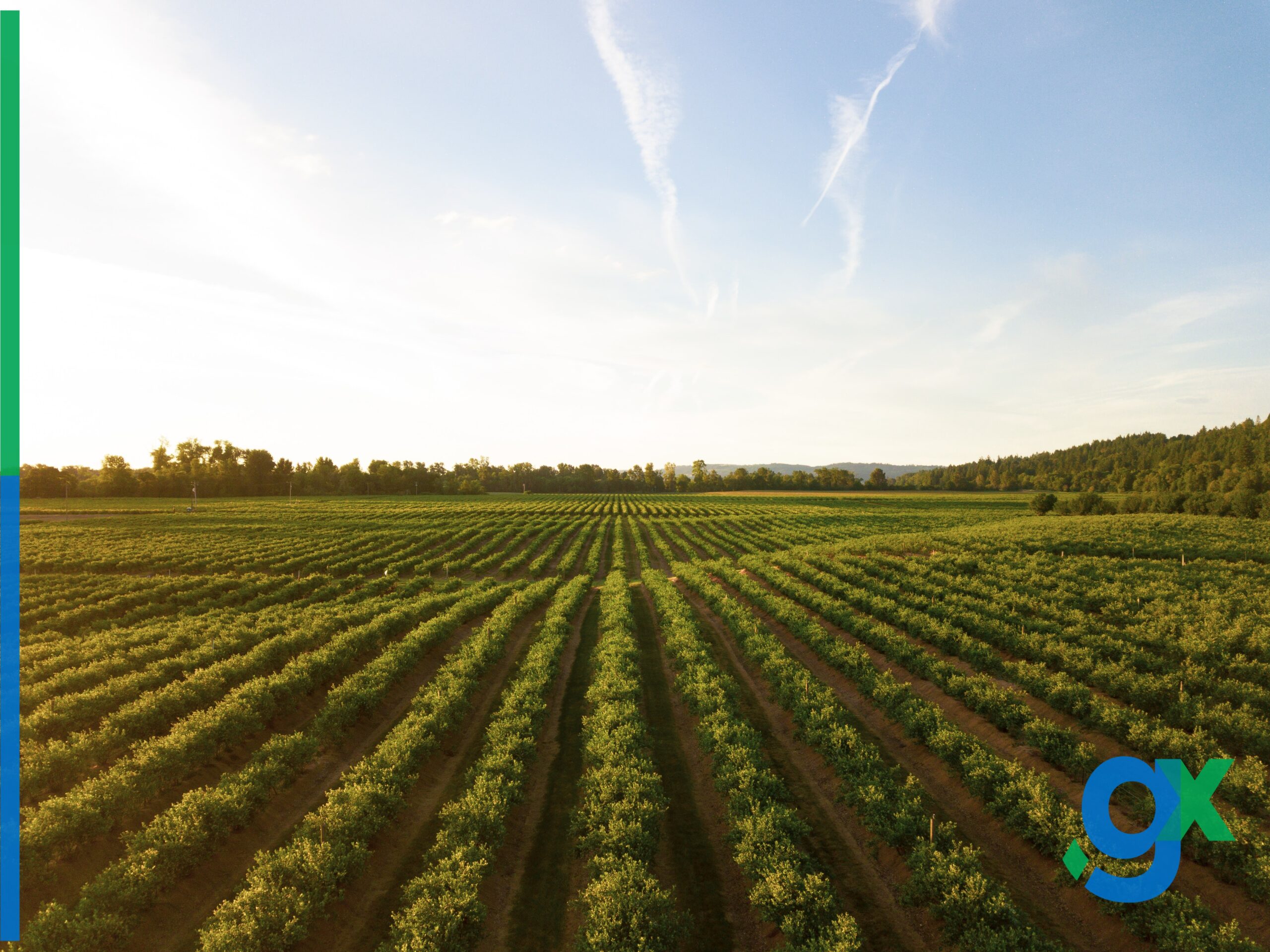The agriculture industry is at a turning point. With a rapidly growing global population and increasing demand for food, farmers and agricultural businesses need to adapt to new technologies and practices to meet the needs of a changing world. In this blog, we’ll explore some of the top trends and predictions for the future of agriculture.
The future of agriculture: trends and predictions.
- Sustainable agriculture
Sustainable agriculture is a farming technique that aims to meet the food and fiber needs of the present without compromising the ability of future generations to meet their own needs. With the growing concern for climate change and environmental degradation, sustainable agriculture is becoming more critical. This approach involves minimizing the use of harmful pesticides and fertilizers, conserving water, and preserving soil health.
One of the most promising trends in sustainable agriculture is precision agriculture, which involves the use of data analytics and advanced technologies like GPS and drones to optimize crop production. This technique allows farmers to use fertilizers, water, and other inputs more efficiently, reducing costs and minimizing environmental impact.
- Urban agriculture
Urban agriculture is a growing trend that involves cultivating crops in urban and peri-urban areas. This approach has several benefits, including reduced transportation costs, improved access to fresh produce, and reduced environmental impact. It also provides employment opportunities and enhances the sense of community.
One of the most exciting developments in urban agriculture is the use of vertical farming. This technique involves growing crops in vertically stacked layers using artificial light, temperature control, and hydroponic systems. This approach is ideal for urban areas where space is limited, and land is expensive. Vertical farming allows for year-round crop production, and crops can be grown closer to consumers, reducing transportation costs.
- Biotechnology
Biotechnology is the use of biological processes and organisms to develop new products and technologies. In agriculture, biotechnology has the potential to increase crop yields, improve resistance to pests and diseases, and enhance food quality.
One of the most significant developments in biotechnology is genetic engineering, which involves modifying the genetic makeup of plants to produce desired traits. For example, scientists can develop crops that are resistant to pests and diseases or that can tolerate extreme weather conditions. Genetic engineering has the potential to revolutionize agriculture and improve food security, but it also raises ethical concerns and safety issues.
- Robotics and automation
Robotics and automation have the potential to transform agriculture by reducing labor costs, improving efficiency, and increasing productivity. Robots can perform tasks like planting, harvesting, and monitoring crops, and they can do so with greater speed and precision than human labor.
One of the most significant developments in agricultural robotics is the use of autonomous vehicles like tractors and drones. These vehicles can perform tasks like planting and spraying crops with greater accuracy and efficiency than traditional methods. Autonomous vehicles can also collect data on crop health and growth, allowing farmers to make data-driven decisions about crop management.
- Blockchain technology
Blockchain technology is a decentralized digital ledger that records transactions securely and transparently. In agriculture, blockchain technology has the potential to improve transparency and traceability in the food supply chain. Blockchain can be used to track the origin and movement of food products, allowing consumers to verify the authenticity and quality of the food they consume.
One of the most significant developments in blockchain technology in agriculture is the use of smart contracts. Smart contracts are self-executing contracts that automatically enforce the terms of an agreement. In agriculture, smart contracts can be used to automate transactions between farmers, suppliers, and retailers, reducing the need for intermediaries and increasing efficiency.
conclusion
In conclusion, the future of agriculture is set to be transformed by various emerging trends and technologies. The adoption of precision agriculture, vertical farming, and robotic farming will enhance production efficiency and improve yields. Climate change and environmental concerns will drive the demand for sustainable agriculture practices, such as regenerative agriculture and agroforestry. The integration of AI and big data analytics will revolutionize decision-making in farming operations. With the global population projected to reach 9.7 billion by 2050, innovative solutions and collaborations among stakeholders will be crucial in ensuring food security and sustainability.
Read about our post on How businesses can adapt to changing customer behaviour here.
Signup now for Free and enjoy unlimited Quotations & Invoices at www.blog.groflex.in




